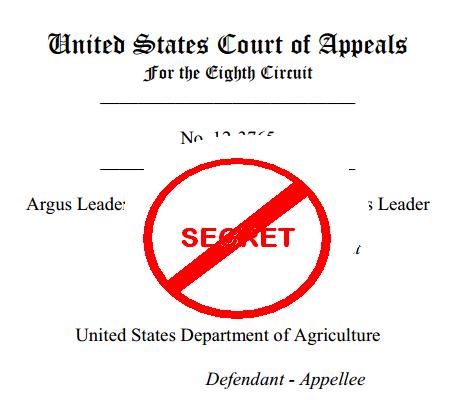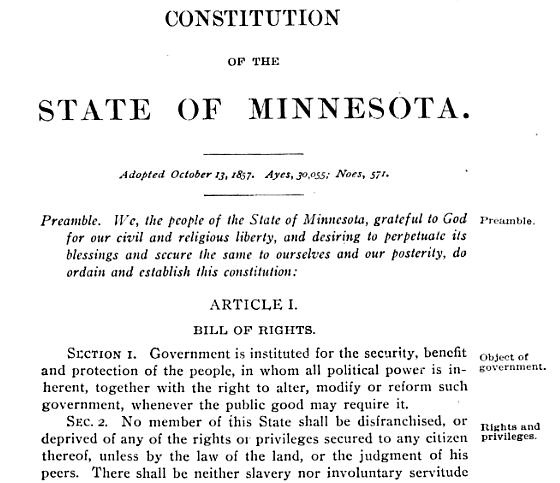
 I have had some comments wondering what accessories they should get with a handheld such as the Baofeng UV-5R
I have had some comments wondering what accessories they should get with a handheld such as the Baofeng UV-5R . In general, you don’t need to buy anything else. You can use the radio out of the box, although some of the following items will make the radio more convenient or useful.
. In general, you don’t need to buy anything else. You can use the radio out of the box, although some of the following items will make the radio more convenient or useful.
Programming Cable
None of the items on this page are essential, although many of them are nice to have. The one item that is almost essential is the programming cable. It is possible to do most of the programming directly from the radio, but it can be quite cumbersome. It’s much more convenient to use your computer to program the radio, and to do so, you’ll need the programming cable . In addition, you’ll need to install two pieces of software. The first software you’ll need will be the driver for the cable, so that your computer will “see” the cable plugged in to the USB port. That software is included in a little disk that comes with the cable. Once that’s done, you’ll need separate software to allow your computer to “talk” to the radio. The best I’ve found is CHIRP, which is available as a free download.
. In addition, you’ll need to install two pieces of software. The first software you’ll need will be the driver for the cable, so that your computer will “see” the cable plugged in to the USB port. That software is included in a little disk that comes with the cable. Once that’s done, you’ll need separate software to allow your computer to “talk” to the radio. The best I’ve found is CHIRP, which is available as a free download.
The current Amazon price for the cable is shown below:
Speaker Mike
My UV-5R came with a small combination earphone/microphone. You wear the earphone in your ear, and there is a small microphone/push-to-talk button the clips on to your shirt. I rarely use any kind of external microphone, but if I wanted one, one like the following would be much more convenient. It doubles as a speaker, which could be useful in a noisy environment.
Extra Battery
An extra battery can be useful. The following batteries can be charging separately while the radio is in use. You simply drop them into the charger that came with the radio. That way, you’ll always have a spare available. Note, different sub-models have different batteries, so look at the description carefully to make sure you get the right one. On a positive note, if you get the wrong one, they are all the same voltage, and you can usually make the “wrong” battery fit by carefully cutting away some of the plastic. But it’s best just to get the right one in the first place.
Alkaline Battery Holders
It will cost you more to use alkaline batteries, but this can be a good option to have available. If your power is out, you might still have alkaline batteries available. You can buy them anywhere, such as grocery stores and even toy stores. In an emergency, this can give you much needed flexibility. The following holder uses AAA batteries.
Of course, you can buy batteries anywhere, but if you’re making an Amazon purchase and/or you’re an Amazon Prime member, just buying them from Amazon can be very convenient and economical:
member, just buying them from Amazon can be very convenient and economical:
Battery Eliminator
It is possible to plug the radio into the charger and charge it while you’re operating. In the case of the UV-5R, however, this is somewhat inconvenient, since the radio uses a drop-in charger. It’s also not the best way of doing things, since the batteries are still in the circuit, even though they are not in use. A better method is to run the radio directly off a power supply, without using any batteries at all. To do that, you’ll need the following accessory. As you can see, this plugs into a car lighter socket.
If you want to use the radio at home from AC current, you’ll need a power supply to plug this adapter into. You’ll need a power supply that puts out at least three amps, such as the following one:
Car Charger
To charge the radio in your car, you’ll need the following cord. This plugs in to the drop-in charger that comes with the radio, and you use it in place of the AC adapter.
Replacement Antenna
The antenna that comes with the UV-5R is not very efficient. It’s not designed to be efficient–it’s designed to be a convenient length. And for most uses, an efficient antenna is not necessary. But you might want to have a better antenna available, that provides a little bit of gain, rather than the negative gain from the supplied antenna. When you buy an antenna, make sure that it has a “reverse SMA connector” such as the following:
External Antenna
If you’re going to use the radio at home or in your car, then it will work much more efficiently with an external antenna. Either buy one of the following, with the “reverse SMA connector” already installed, or get the adapter shown below.
Note: The UV-5R’s receiver is very sensitive to overload, so if you use an antenna that’s “too good”, you can actually cause more problems than you solve. But for many applications, an external antenna can be extremely useful.
Antenna Adapter
If you already have an antenna, or if you’r buying a new one, it probably has a “PL-259 connector”. If so, you’ll need an adapter to connect it to the radio. You’ll need this cable:
Even if you plan to make your own antenna, you should get this cable. The PL-259 connector is relatively easy to work with, but the SMA connector is virtually impossible to install yourself without special tools. This cable will allow you to use an antenna with the PL-259.
You might be able to find a similar adapter that does not include a section of cable. While such an adapter will certainly work, it’s generally not a good idea. The cable on the adpater shown above is extremely flexible, and much lighter than the cable on most antennas. Therefore, it will cause little mechanical stress to the connector on the radio. Attaching a rigid cable directly to the radio will probably cause the connector to eventually break.
When you get this adapter, you will notice that it’s somewhat difficult to screw onto the radio. Because it’s a “reverse” connector, you’ll find that you need to turn the radio rather than the cable. In other words, you need to “screw in the radio” instead of “screwing in the connector” as you might expect. The radio is small enough that this doesn’t pose a problem, but it does take a bit of getting used to.















